SSZTBJ3 March 2016 DRV10983 , UCC28180
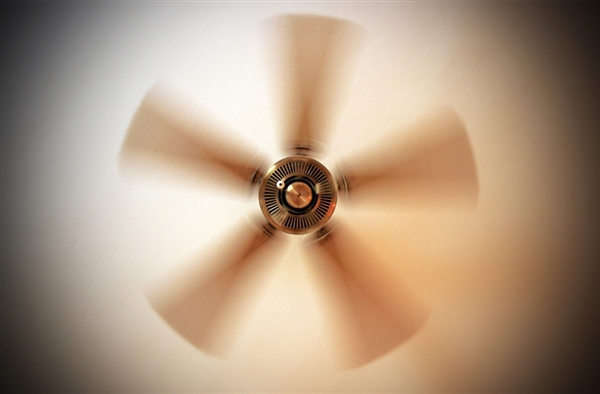
Key requirements for next-generation ceiling fans include high efficiency, high power factor (PF) and low-input-current total harmonic distortion (THD). Hence, there is a drive toward brushless DC (BLDC)-based ceiling fans in conjunction with a power factor control (PFC)-based input power stage.
BLDC drives have traditionally used discrete circuitry, including a high-end microcontroller, gate drivers, discrete MOSFETs, an auxiliary power supply, and sensing & protection circuitry. TI’s DRV10983 is a highly integrated and protected single-chip sensorless sinusoidal BLDC motor controller that can replace all of the circuitry of a BLDC drive. This makes a DRV10983-based BLDC drive solution cost-effective and easy to manufacture.
The TIs Mains Operated 24V, 30W BLDC Motor Drive with Highly Efficient, High Power Factor Power Supply reference design uses this single-chip solution to realize a complete, ready-to-adapt BLDC drive for less than 30 W ceiling fan applications. The input power stage offers a peak efficiency of 91.5% and a power factor greater than 0.95 across a large range of input voltages. The power supply is based on a single-stage buck PFC topology, which not only helps meet the required specifications but optimizes system cost.
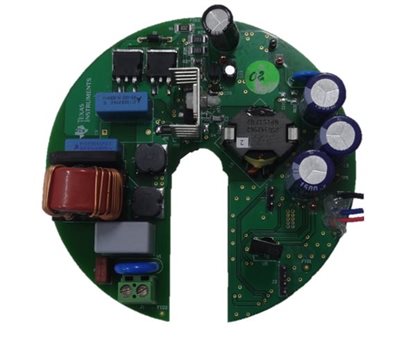 Figure 1 Board Image of TI Design:
Mains-operated, 24V, 30W BLDC Motor Drive W/highly Efficient, High Power Factor
Power Supply (TIDA-00652)
Figure 1 Board Image of TI Design:
Mains-operated, 24V, 30W BLDC Motor Drive W/highly Efficient, High Power Factor
Power Supply (TIDA-00652)Circuit description
As shown in Figure 2, the board consists of a buck PFC power stage that converts the 85-230V 50/60Hz input to a 24VDC output. The UCC28180 pulse-width modulation (PWM) integrated circuit (IC) controls the power stage. The 24VDC generated by the power stage powers the DRV10983, which in turn drives an external BLDC motor to control its speed.
The DRV10983 also generates a 3.3V supply to power the ultra-low-power MSP430™ microcontroller (MCU). The MSP430 MCU transmits the speed reference to the DRV10983 in the form of a 1.5 kHz PWM signal (producing a duty cycle proportional to the desired speed) based on the signal received from the infrared (IR) sensor, which in turn is activated by a general-purpose IR remote control. The MSP430 firmware is easily adaptable to any remote-control button.
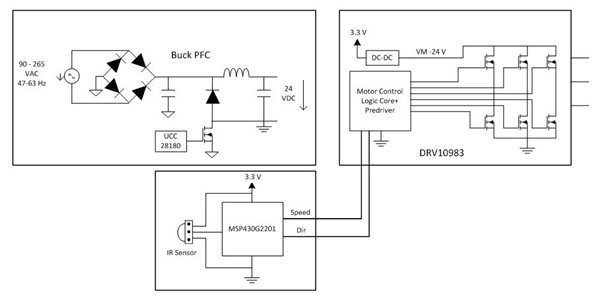 Figure 2 TIDA-00652 Circuit
Description
Figure 2 TIDA-00652 Circuit
DescriptionWhy 24VDC And Not 400VDC?
A commercial ceiling fan’s BLDC drive can have a DC voltage anywhere between 5V and 400V. But given the required power rating of 30W and the availability of a fully integrated drive solution, it is beneficial in terms of cost and complexity to opt for a 24VDC solution.
Topology Selection
A 24VDC-based system is the obvious choice for the application. But you’ll need to think about what type of power-supply topology can generate this 24VDC supply from a universal-input AC voltage (85-265VAC).
Two main driving factors for topology selection are cost and performance. A two-stage topology comprising a boost PFC circuit that converts the universal input voltage to 400VDC, followed by a DC/DC supply that converts that 400VDC to 24VDC, will give the best PF and THD performance. The cost of such a power supply will be higher and the efficiency will be lower, however. Thus, the idea to reduce cost by going for a single-chip drive solution will be negated by a two-stage solution.
Another option that comes up is the flyback PFC topology. Although this is a better option for the application compared to a two-stage solution, it also suffers from lower efficiency and higher cost.
A buck PFC circuit seems to be the ideal choice in terms of PFC, THD performance and cost. Being a single-stage topology, it also offers better efficiency.
Figure 3 shows the circuit diagram of a buck PFC circuit, along with some important waveforms that explain the circuit operation. Interestingly, this design uses a continuous-conduction-mode boost PFC integrated circuit (UCC28180) to realize a discontinuous-conduction-mode buck PFC topology. This is possible mainly due to the flexibility offered by the UCC28180. Selecting such a widely used IC also provides a cost-optimized solution.
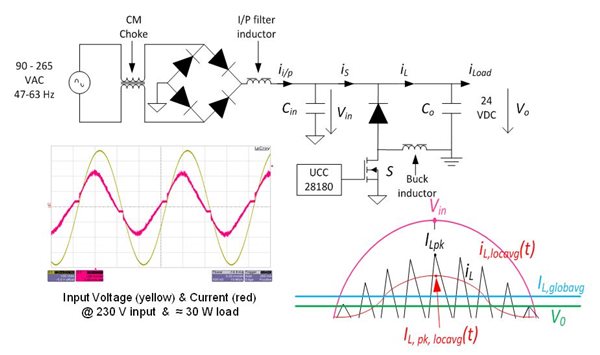 Figure 3 Circuit Diagram of the Buck PFC Topology
Figure 3 Circuit Diagram of the Buck PFC TopologyFigure 4 shows the efficiency performance curves of the 30W buck PFC power supply. The efficiency at 230VAC nominal operation is 91.5%, which is good for the power levels (<30W) under consideration.
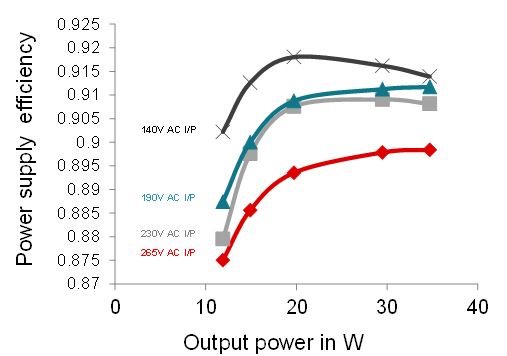 Figure 4 Efficiency Performance Curves
Figure 4 Efficiency Performance CurvesFigure 5 and Figure 6 show the input PF and THD performance of the converter, respectively.
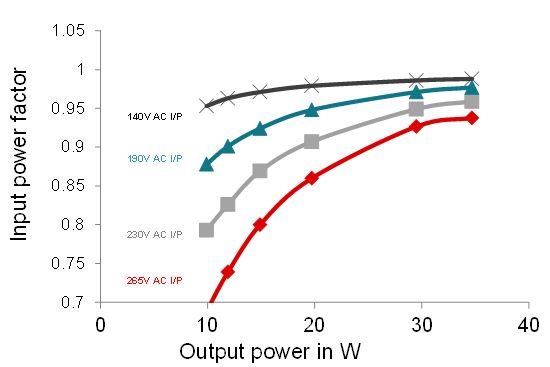 Figure 5 Input PF Performance Curves
Figure 5 Input PF Performance Curves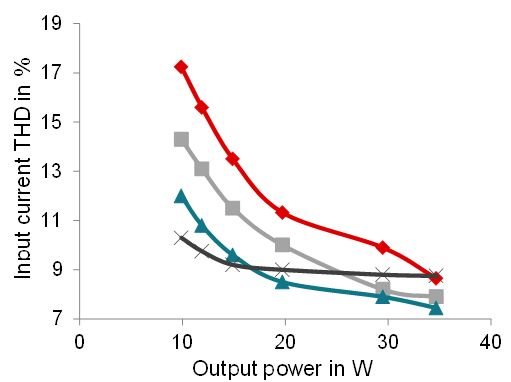 Figure 6 Input Current THD Performance Curves
Figure 6 Input Current THD Performance CurvesIn summary, a buck PFC solution gives the optimal performance metrics and is the right choice for front-end power supply in applications involving low-power BLDC drives like the modern next generation ceiling and exhaust fans.
Additional Resources:
- Ceiling fans and other fan solutions from TI
- Check out another post on ceiling fan design:
- Designing and energy-efficient BLDC ceiling fan solution by Milan Rajne
- Overview of TI Motor Drive & Control solutions